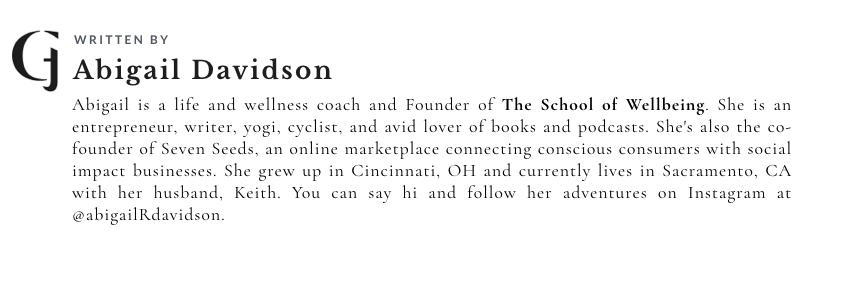
Conscious Living 101: 5 Steps To Implement An Eco-Friendly Skincare Regimen
Many of the products we use to clean our bodies and homes, the products we use to make ourselves feel beautiful – are actually pretty terrible for us and the environment. And even brands marketed as “green,” are often not. These products can cause harm to the planet and have negative consequences on our skin and health. We thought it might be time to start switching our beauty and cleaning products over to products that aren’t causing so much damage. Here are a few great places to start:
1. Evaluate your current cosmetic bag and cleaning supplies
The first step in cleaning up your skincare regimen is evaluating where it is currently. Just like your closet, the goal isn’t to just throw everything away and buy hundred of dollars worth of new, eco-friendly makeup. After all, what good does it do to put old makeup into a landfill?
One of my favorite tools to use is the Think Dirty app. When you scan a product, it gives you a rating from 1 (the best) to 10 (the worst), based on three categories: Carcinogenicity, Developmental and Reproductive Toxicity, and Allergenicity and Immunotoxicity. The Think Dirty database is not complete. It’s not uncommon to scan a product, only to find that it does not have a rating yet. However, you can request the item be added, which usually happens relatively quickly. Since I began using the app several months ago, the database has grown immensely. It makes it much easier to make a decision if I’m trying choose a conscious beauty product in person at a store, as opposed to online.
2. Ditch the Microbeads
The second and possibly easiest step in creating a healthier, more ethical skincare routine is to stop buying anything with microbeads. What is a microbead, anyway? They’re those tiny little “exfoliating” plastic pieces that are found in face washes and toothpastes. Not only are they not-so-great for your skin, but they’re terrible for the environment. These tiny little pieces of plastic are too small to be filtered out through our water systems, so they make their way to oceans and lakes, where they are currently severely disrupting entire ecosystems.
3. Turn the water off
Water conservation is an important issue that often gets tossed aside in our comfortable, developed countries. But did you know that only 1% of the water on Earth can actually be used by humans to drink, bathe, clean, etc.? Fresh water is a natural resource that we have to be more responsible with as the population grows. So, try to start taking shorter showers, and fill up your washing machine and dishwasher all the way before you run them, maximizing what water you do use.
4. Be wary of greenwashing and ask more questions
The beauty and hygiene industry is probably more prone to greenwashing than any other industry. But first: what is greenwashing? Essentially, it’s when a company markets itself as “eco” or “green,” but really isn’t. That’s why we must look beyond the labels. Just because a product says “Made with Natural Ingredients” and the bottle is green does not mean that it’s good for the environment or your skin. So, always dig deeper. Ask more questions. Read the ingredients, get on the company’s website, and even email them for further information if you want to!
5. Take it slowly
As with any other aspect of your ethical lifestyle journey, don’t try to change everything overnight. You’ll most likely overwhelm yourself and your bank account. Start with just your makeup bag, and when you run out of one item, replace it with a more eco-friendly one. Then do your personal hygiene products, then move to the laundry room, then your cleaning supplies. Six months from now, you’ll have a healthier, more eco-friendly home… and your skin will thank you for it!
